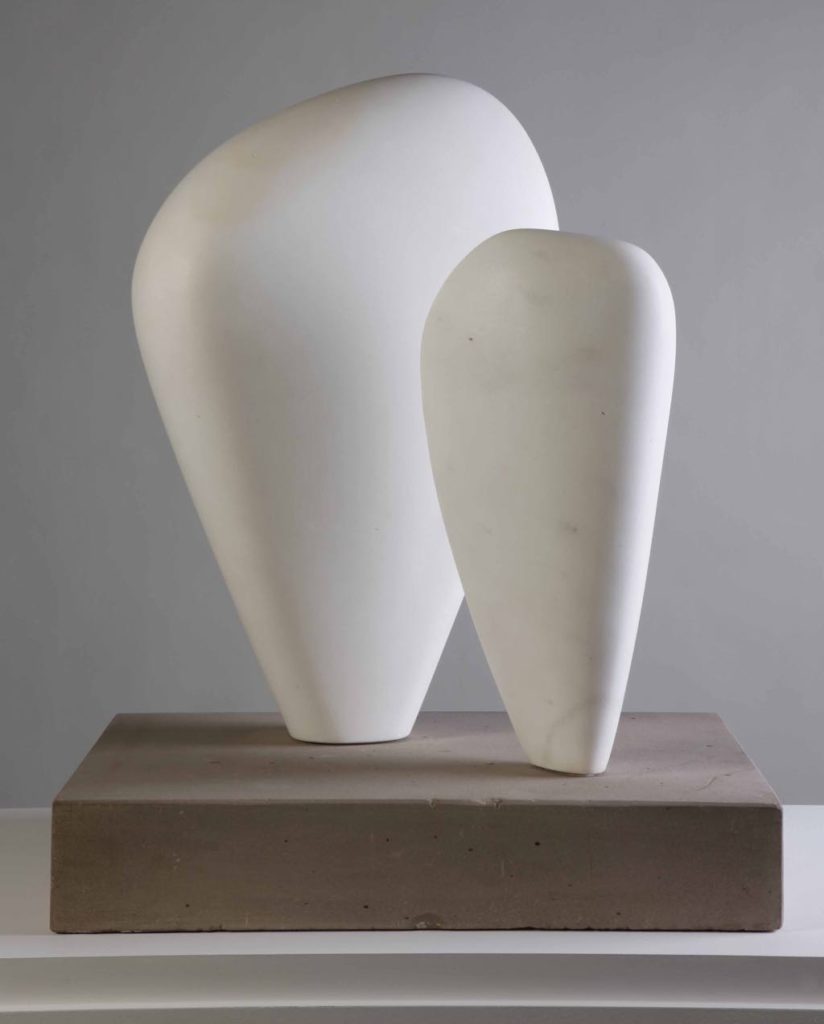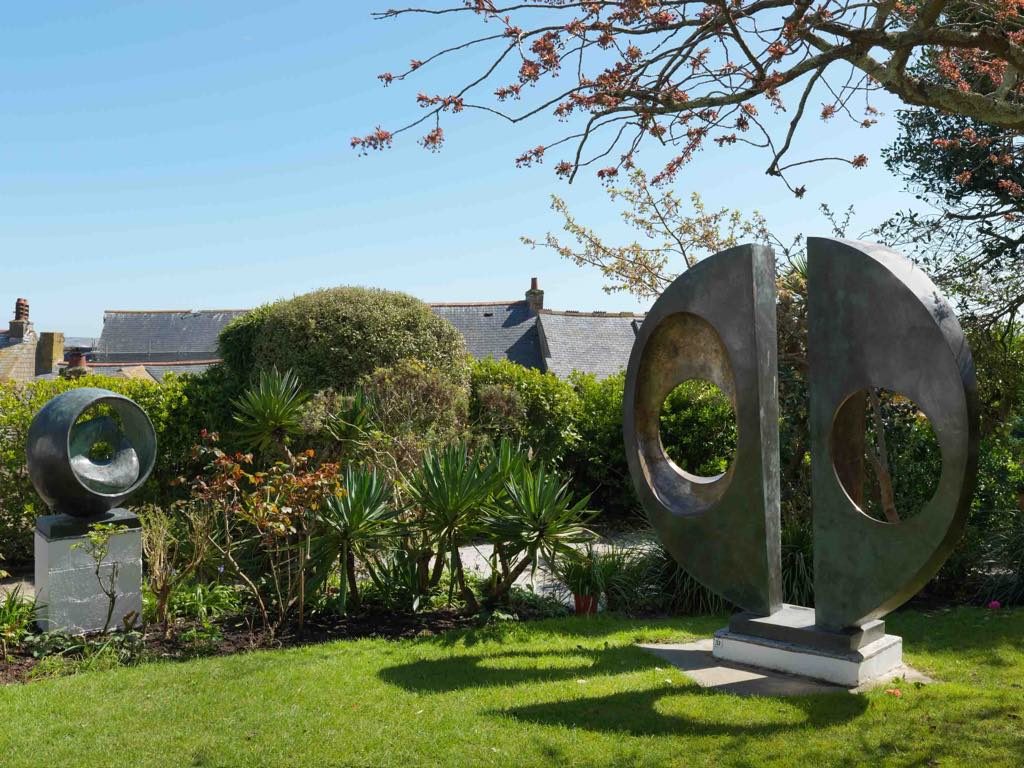
At the press opening of the Musée Rodin‘s exhibition of the work of Barbara Hepworth (1903-75), not one but two journalists, one French and the other Canadian, told me they had never heard of the great modernist British sculptor before and how impressed they were by her work. That’s a sad statement, considering the great international fame of her contemporary, friend and rival Henry Moore (1898-1986).
Since Hepworth was just as talented, innovative and devoted to her art as Moore was, there seems to be only one explanation for this discrepancy: he was a man and she was a woman.
That is certainly not to say, however, that Hepworth was by any means unknown. Her sculpture “Single Form” stands in the United Nations Plaza, commissioned in memory of former UN Secretary-General Dag Hammarskjöld, who was a collector of her work. Hepworth’s sculptures were exhibited often, both solo and in the company of other great sculptors of her time, and she was honored over and over in her own country, which is home to two museums teams devoted to her, in her hometown of Wakefield and in St. Ives, where she chose to live.
The exhibition begins with an enormous amount of documentation – letters, books, photos of works in progress and the artist herself, newspaper clippings, models, etc. – as if to prove to the French that this is an important artist (although she was well-known in France in the 1930s, she seems to have been forgotten here since).

It might be more interesting and instructive to return to this section once you have seen more of her work and the films about her, especially Dudley Shaw Ashton’s poetic “Figures in a Landscape,” showing the artist at work in St. Ives in Cornwall, where she took inspiration for her work from the tempestuous wind and waves – “Sea Form (Porthmeor)” (1958) is a good example – and the evocative rock formations and standing stones of nearby prehistoric sites.

Another film shows a kind of archaeological excavation of her St. Ives studio, which had not been touched since her death in 1975. Coats still hung on their hooks, and the closets were still stocked with the materials she used in her work.
Hepworth’s sculptures were as varied as they were ground-breaking: she was the first to make sculptures with pierced forms (also used by Moore), for example. She was trained by a master carver in Carrara in the 1920s and preferred to carve directly into stone or wood using hand tools. And examples of her prints, drawings and paintings in the show demonstrate that her talents were not limited to sculpture.

The exhibition’s final room presents a collection of finished pieces in different materials – stone, wood, bronze – and forms, an impressive overview of Hepworth’s work, with its sensual surfaces, associations of different forms in one piece and marvellous plays of light and shadow.
This is another not-to-be-missed exhibition of the season, along with “Charlotte Perriand: Inventing a New World” at the Fondation Louis Vuitton. It’s a pleasure to see two great 20th-century woman artists being fêted with major shows in Paris at the same time.
Favorite